
Everything You Need to Know About Growing Dahlia Flowers
Published: 19/11/2023 | Updated: 29/11/2023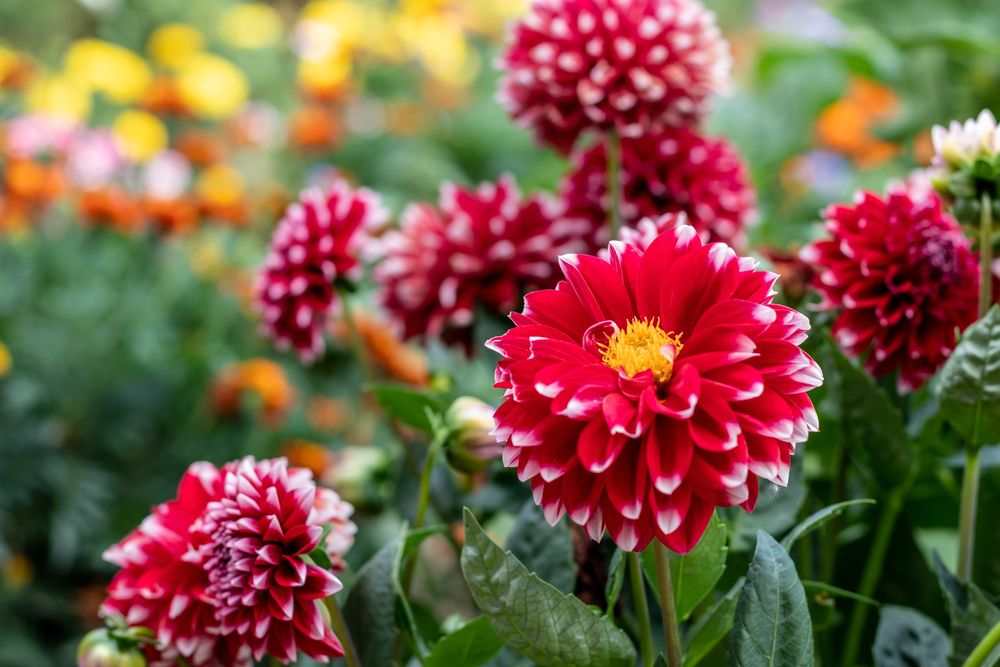


Dahlia flowers (Dahlia spp) remain one of the most popular and beloved choices of homeowners and professional gardeners alike.
Most dahlias are relatively easy to grow and bloom prolifically for most of spring and summer.
Stunning and easy to care for, there is no reason why you shouldn't be introducing those dahlia blooms to your garden right now!
In this article, you'll have all the information you need to start growing dahlias right away.
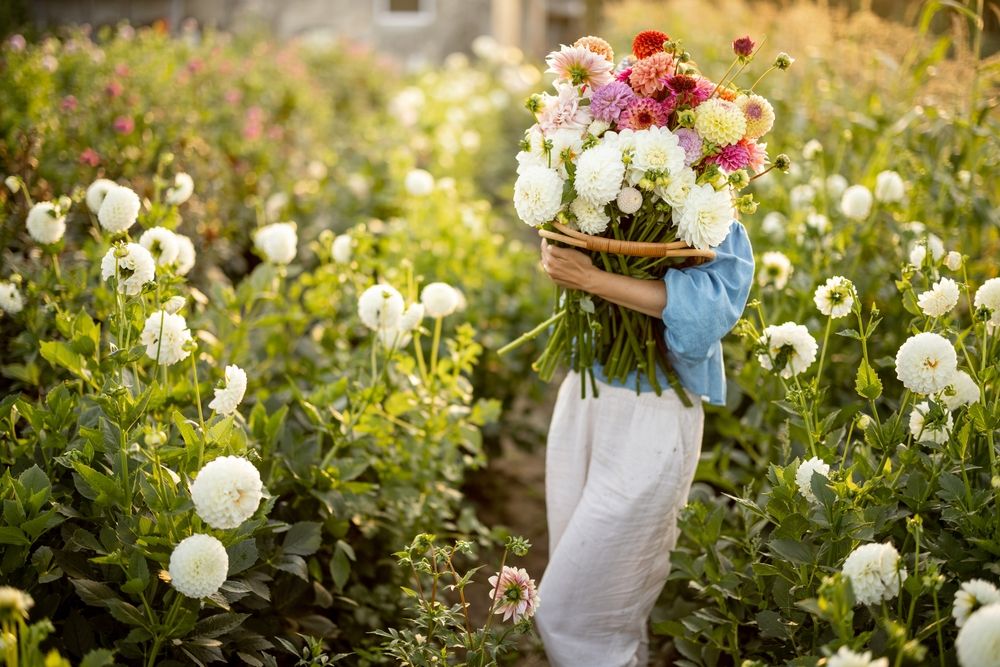
What Are The Conditions for Growing Dahlias?
While planting dahlias is relatively easy, they still require certain conditions that you have to provide (if you can) so that you can plant dahlias perfectly for them to thrive.
Hardening Zones:
Dahlias grow best in zones 8 to 10. Dahlia plants are most suited to calmer climates.
But it's possible to grow dahlias in zone 3 to 7. However, extra care would be needed, as Dahlia tubers wouldn't be able to tolerate the cold soil and survive the winter.
In that case, you'd best pull out the Dahlia tubers before the first frost date and keep the tubers indoors. It's possible to still grow dahlias as annuals.
Soil:
When it comes to soil, dahlias are easygoing. As long as it's moist, well-drained soil, dahlias will do well.
You just have to be careful to not let the soil dry out and water frequently in hotter weather.
A rich, sandy soil texture will also help your dahlias thrive.
Sun:
Dahlias grow best in full sun. With around 6 to 8 hours of direct sunlight daily, you can expect spectacular dahlias blooms all summer.
Plant dahlias in the sunniest spot in your garden and enjoy the most beautiful flowers.
Just make sure if the sun is too strong and hot, that they get enough water to balance it out. But the rule of thumb is the more sun, the more blooms.
Temperature:
The ideal temperature for Dahlia tubers is between 40 and 45 F degrees. It's important to know their tolerance if you want to start dahlias indoors.
Below 36 degrees can, and usually would, kill your young Dahlia plants.
They will do well in higher temperatures like 60-70 too, but when it gets too hot around 85-90, they may stop growing.
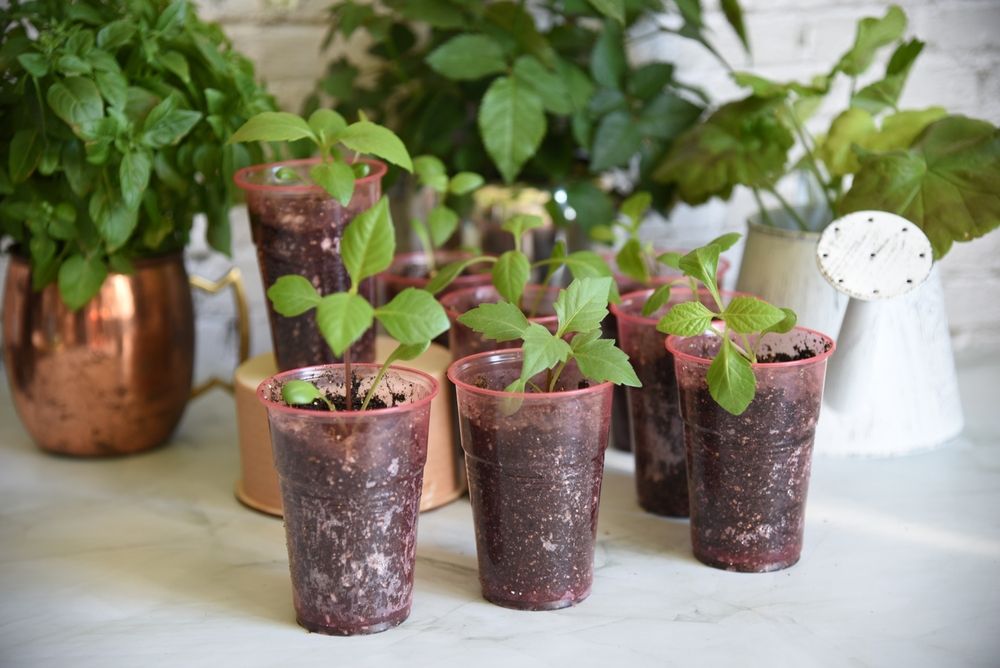
How to Grow Dahlias From Start to Finish
Now that you know what you need to provide for them, here's how to grow dahlias:
From Seed:
With Dahlias, most people opt to plant them from Dahlia tubers rather than seeds. Both choices have their pros and cons.
It eventually depends on your preference, and both are easily doable.
If you don't want to wait until the last frost date planting time to start planting your Dahlia seeds, you can start to seed dahlias indoors and move them outside when the weather is suitable.
Start by sowing seeds 5 mm deep. After around two weeks, when the plant grows enough, you can move it to its permanent sunny planting hole.
After around 4 months, your young dahlia plants should start flowering.
From Dahlia Tubers:
You can also plant tubers indoors if the weather isn't ready yet. But during spring or summer, you can plant tubers in their permanent spot 5-6 inches deep.
They should start to show blooms by summer.
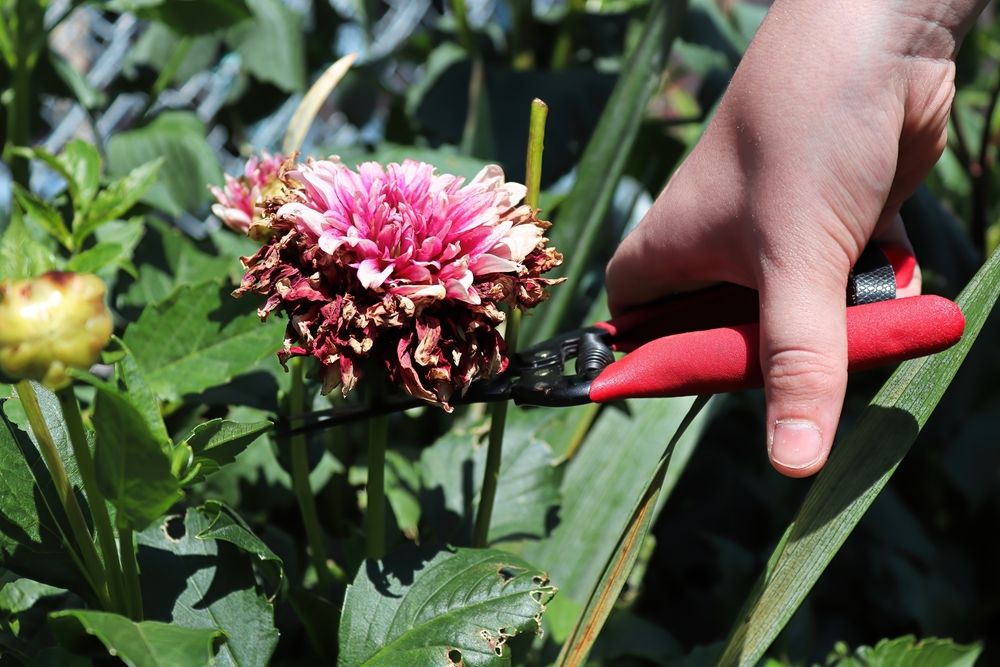
How to Care For Dahlias
While Dahlias require little care in comparison to other plants, following a good plan is still always the best way to maintain plants to get the best out of their blooms.
Watering:
Small dahlia plants don't require much water at first. But once they are established, they are going to require a consistent supply of water.
Once to twice a week is good enough to make sure your dahlias are getting the water they need and the soil isn't going to dry out.
Water deeply to make sure the root system is what's getting the moisture. It's also a good idea to mulch to make sure the moisture stays.
Fertilizing:
When it comes to fertilizing young dahlia plants, it's best to do a soil test first to see what your soil is lacking that your dahlias would need.
But a good rule of thumb is to fertilize your plants with a high-nitrogen fertilizer.
When in doubt, you could always treat dahlias with what you'd use when you plant tomatoes.
Apply the fertilizer at planting time.
If grown in pots, fertilize around twice a month. If they are in the ground, then once a month is good.
However, during flowering, it's great to feed them twice a month in either case. to get large, elegant bouquets.
That could be with a granular fertilizer or a water-soluble. You can minimize nitrogen during that time. Too much nitrogen during the flowering season can be counterproductive and lead to few blooms.
Pruning:
Pruning dahlias is important to get large flowers and blooms. There are a couple of ways you can go around pruning Dahlias.
You can prune by pinching. Also called topping, this form of pruning is done once during the early growing season after the stem has three sets of branches.
Then remove the top of the stem of the third set.
You can use those stems in tall vases for lovely indoor flower decorations too!
You can also disbud your dahlias by removing the smaller flower forms (usually the outer two buds) to encourage better growth and blooms for the biggest buds.
Don't worry, many flowers remain and they will benefit greatly from that type of pruning.
Staking Dahlias:
The dahlia plant's stalk, especially if it's a small plant, could be too weak to support the weight of flower blooms and the strength of the wind.
One of the best ways to stake dahlias is with tomato cages.
A tomato cage should be upended over the plant. The dahlias will go upwards through the rings.
Overwintering:
Dahlias can't tolerate most winters outsides in any zone below 8. But you can easily store dahlias indoors until the next spring.
After your dahlias go dormant or the first winter frost kills them, start digging around the plant room and dig out the dahlia tubers.
Make sure you leave them time to dry before you store them, to avoid any rot. For larger plants, a week is good enough.
Then keep them in a dry, cool, and dark location. It could be a box or a paper bag, just put some peat moss or vermiculite inside with the tuberous roots.
Then, you'd be able to plant the tubers next year. In case you want another variety to grow, then you don't have to overwinter and can instead purchase other seeds or tubers from the local nursery for the following year's plants.
Fungal Diseases and Pests:
To keep your dahlia looms as stunning as ever, you need to make sure your plants remain healthy.
Slugs and snails are one of the most common trouble-makers when it comes to dahlias. You can either manually remove slugs early or you can use a commercial slug killer.
Japanese beetles are also a problem as they enjoy eating dahlia blooms. You can also remove them manually.
And also keep watch for fungal diseases like stem rot and aster yellows.
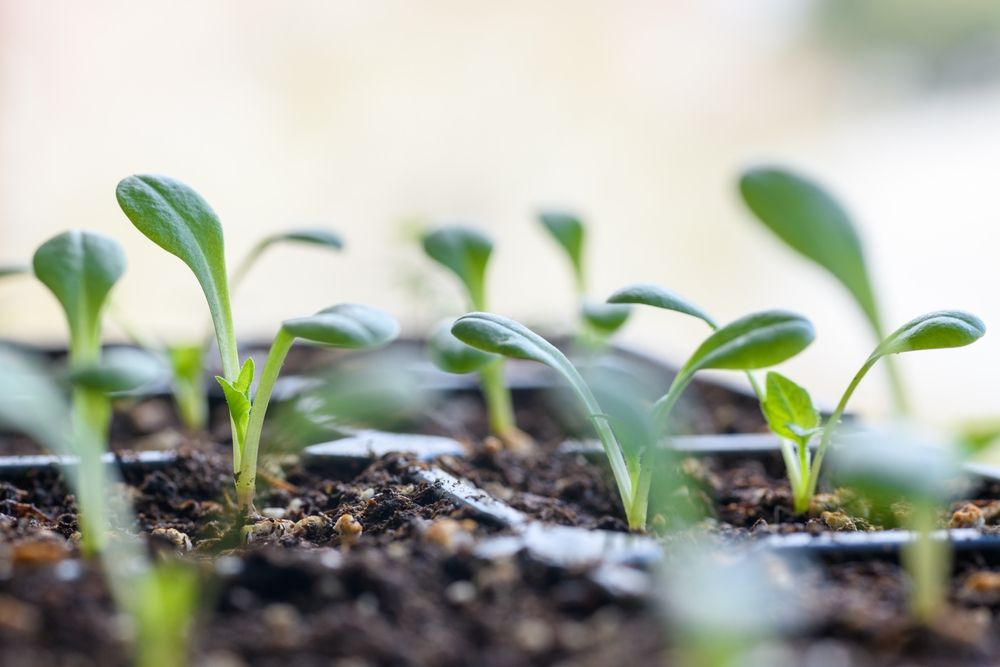
How to Propagate Dahlias
You can propagate dahlias from cuttings, seeds, or tubers.
If you like to experiment, you can propagate by seeds to develop new cultivars and see what new blooms will show up.
Most people, however, prefer to propagate by tubers or cuttings.
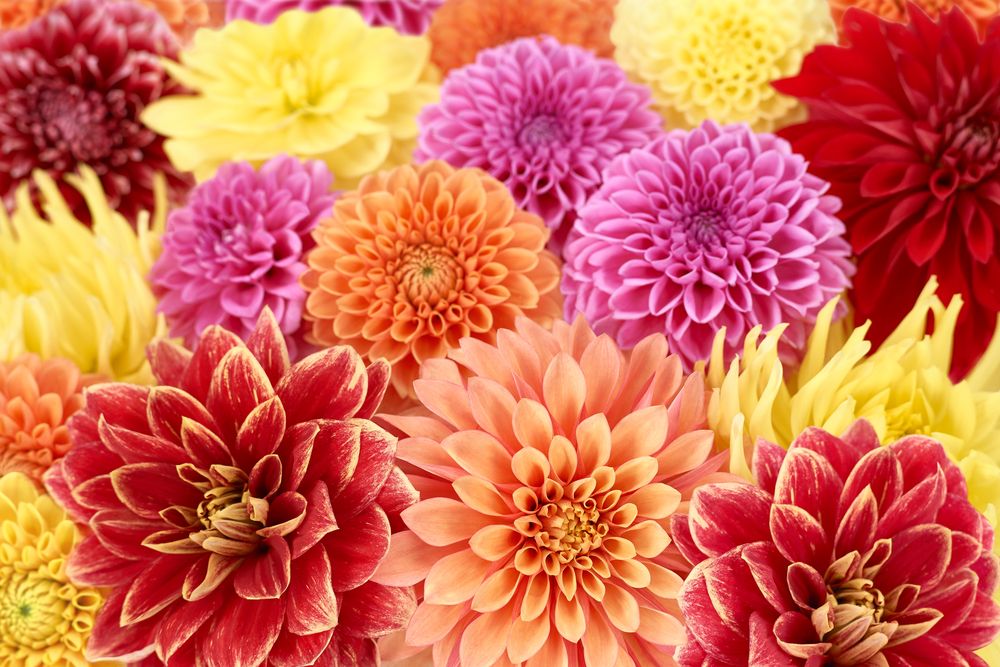
Dahlias Types to Grow
Here are some of our favorite varieties that you can start with!
Dahlia 'Little William'
This type belongs to the pompon dahlias variety. It's small and rounded.
Those dahlias have a deep dark red color that is stunning.
Semi-Cactus Dahlia
This is another stunning variety of Dahlias. They are one of the most exotic-looking and have beautiful double flowers.
Those dahlias come in different sizes and colors. So you can get dark pink or white, depending on your preference.
Marble Ball Dahlia
Marble Ball dahlias are another stunning, eye-catching variety.
Those dahlias bloom with striking purple color combined with white petals and a dark green growth of lush foliage.
Keep up with our blogs at Shrubhub.com to always receive our recommendations and advice for how to best take care of your landscape and make it better every day!


